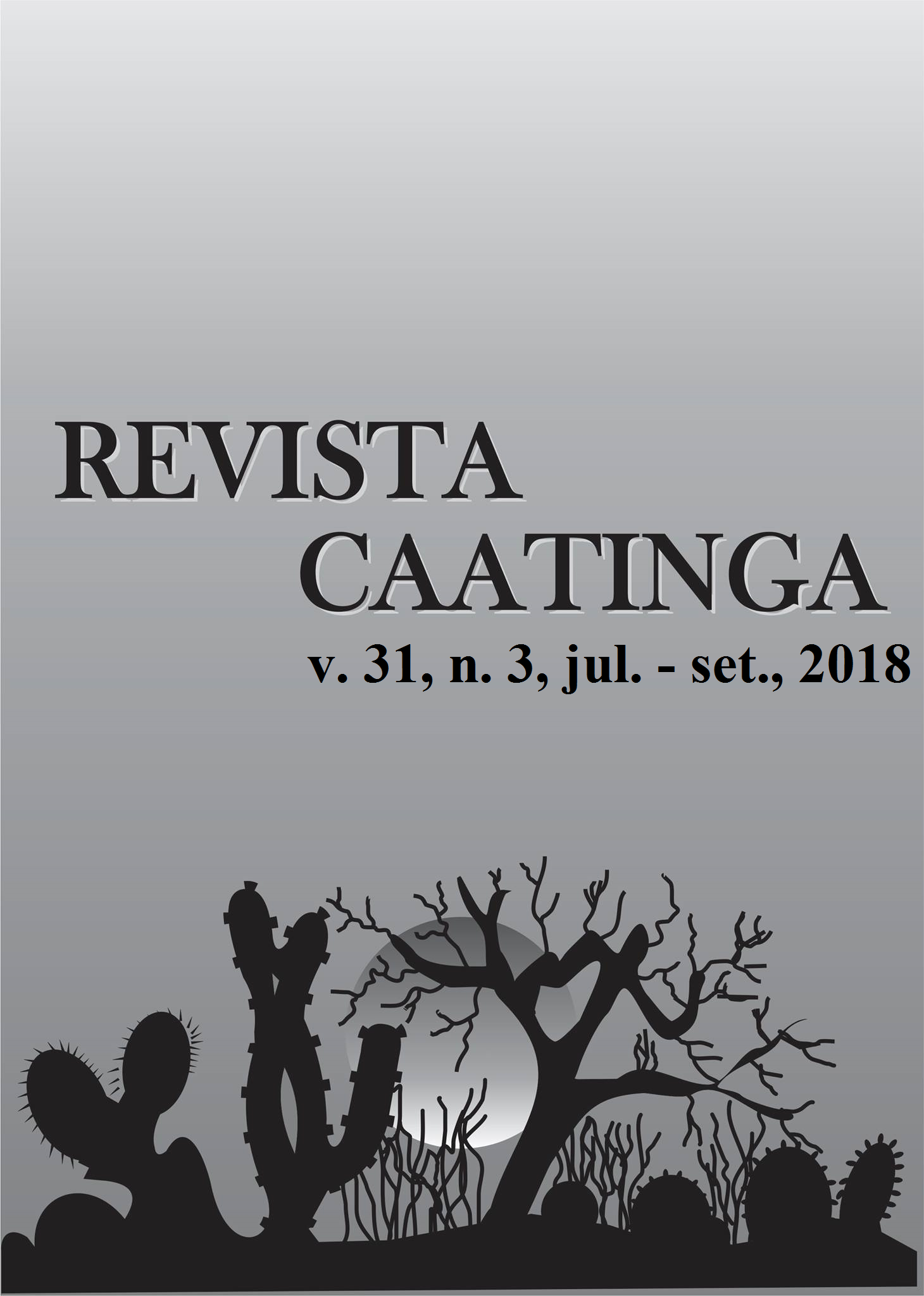PREDICTION OF PHENOTYPIC AND GENOTYPIC VALUES BY BLUP/GWS AND NEURAL NETWORKS
DOI:
https://doi.org/10.1590/1983-21252018v31n301rcKeywords:
Plant breeding. Correlation. Molecular markers.Abstract
Genome-wide selection (GWS) uses simultaneously the effect of the thousands markers covering the entire genome to predict genomic breeding values for individuals under selection. The possible benefits of GWS are the reduction of the breeding cycle, increase in gains per unit of time, and decrease of costs. However, the success of the GWS is dependent on the choice of the method to predict the effects of markers. Thus, the objective of this work was to predict genomic breeding values (GEBV) through artificial neural networks (ANN), based on the estimation of the effect of the markers, compared to the Ridge Regression-Best Linear Unbiased Predictor/Genome Wide Selection (RR-BLUP/GWS). Simulations were performed by software R to provide correlations concerning ANN and RR-BLUP/GWS. The prediction methods were evaluated using correlations between phenotypic and genotypic values and predicted GEBV. The results showed the superiority of the ANN in predicting GEBV in simulations with higher and lower marker densities, with higher levels of linkage disequilibrium and heritability.
Downloads
Downloads
Published
Issue
Section
License
Os Autores que publicam na Revista Caatinga concordam com os seguintes termos:
a) Os Autores mantêm os direitos autorais e concedem à revista o direito de primeira publicação, com o trabalho simultaneamente licenciado sob a Licença Creative Commons do tipo atribuição CC-BY, para todo o conteúdo do periódico, exceto onde estiver identificado, que permite o compartilhamento do trabalho com reconhecimento da autoria e publicação inicial nesta revista, sem fins comerciais.
b) Os Autores têm autorização para distribuição não-exclusiva da versão do trabalho publicada nesta revista (ex.: publicar em repositório institucional ou como capítulo de livro), com reconhecimento de autoria e publicação inicial nesta revista.
c) Os Autores têm permissão e são estimulados a publicar e distribuir seu trabalho online (ex.: em repositórios institucionais ou na sua página pessoal) a qualquer ponto antes ou durante o processo editorial, já que isso pode gerar alterações produtivas, bem como aumentar o impacto e a citação do trabalho publicado (Veja O Efeito do Acesso Livre).







